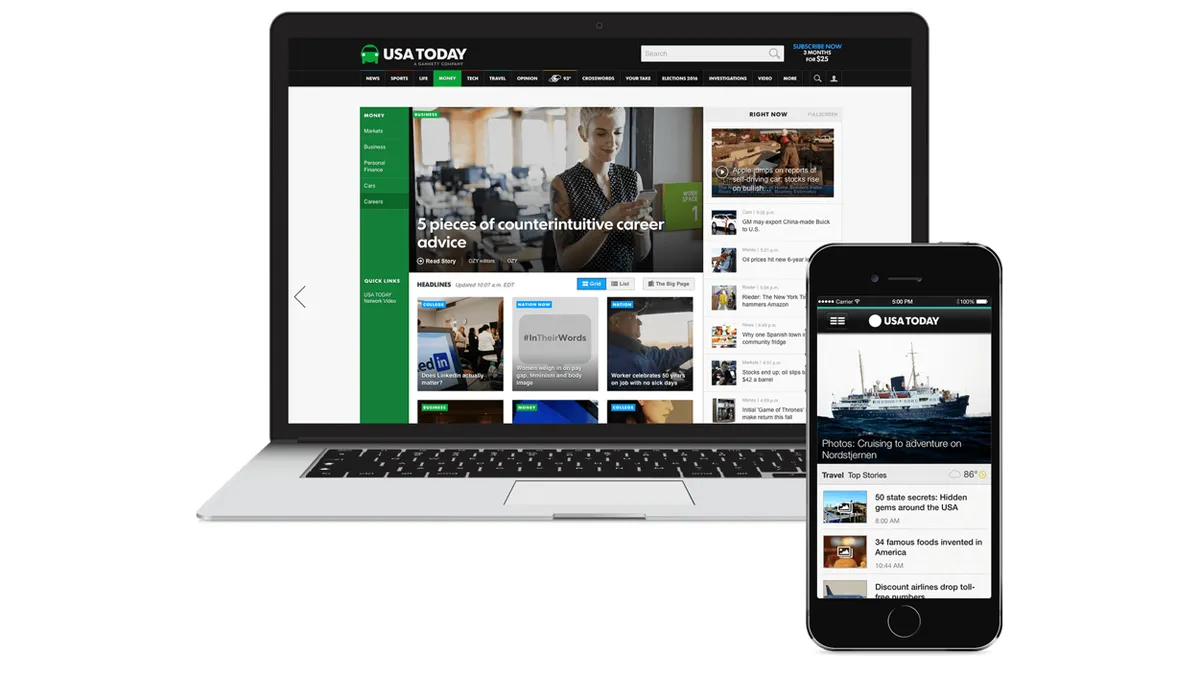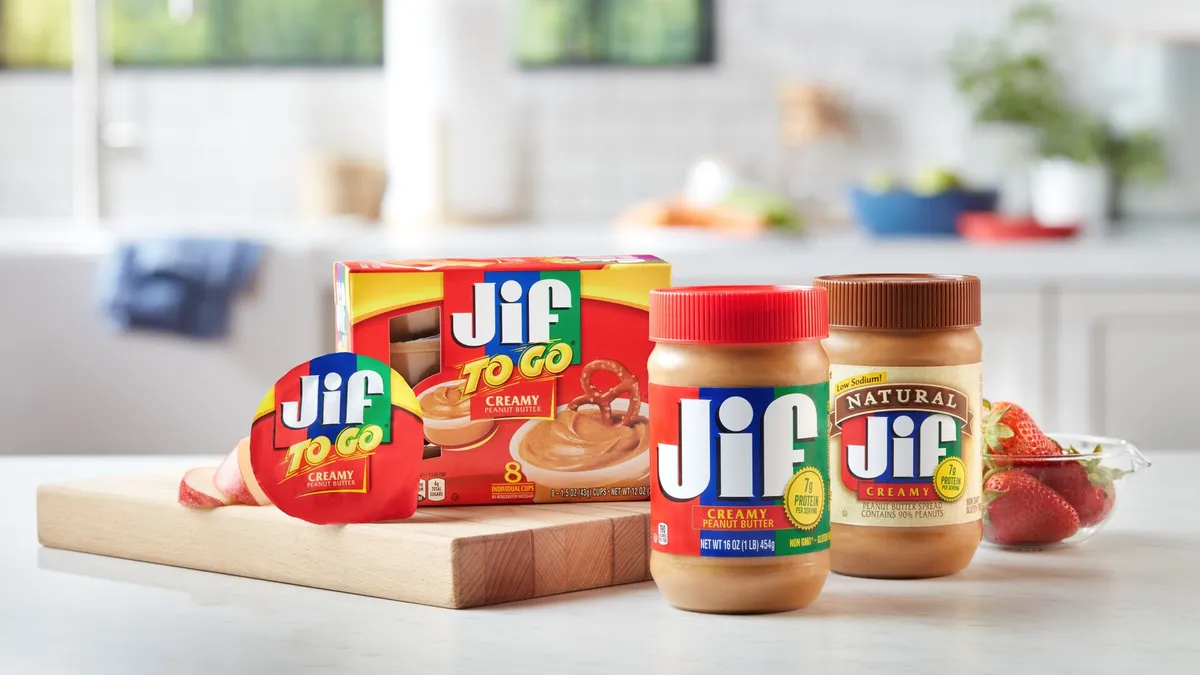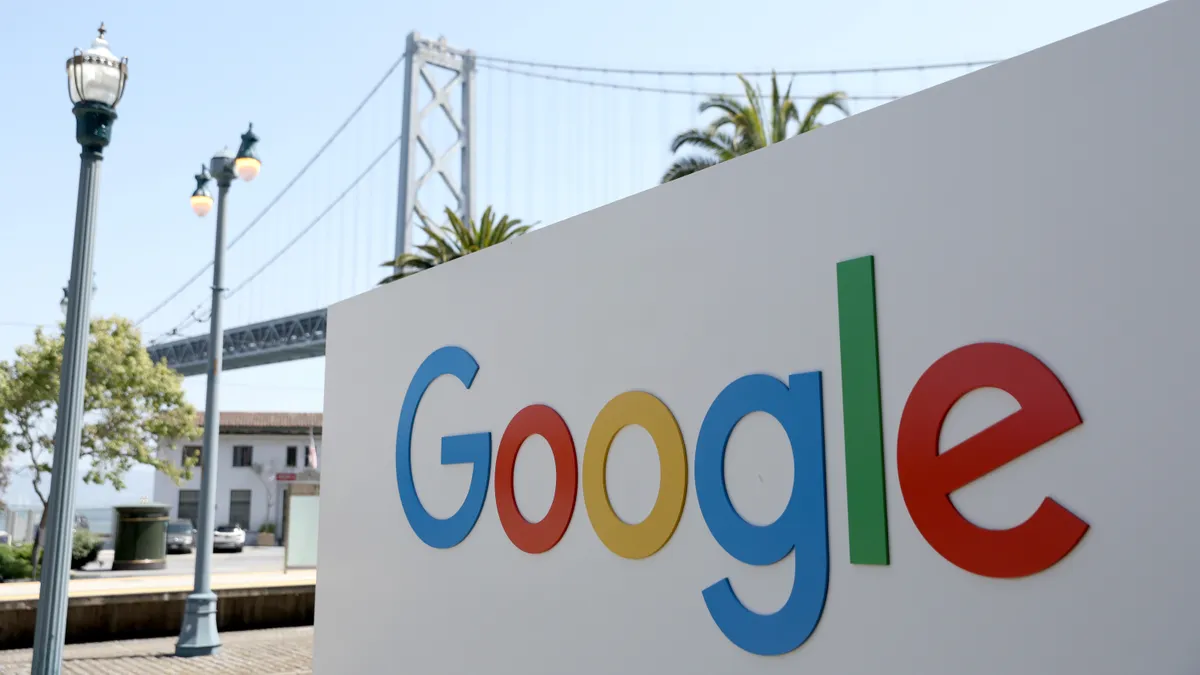Brief:
-
USA Today, the newspaper with a daily readership of 3.3 million, is testing an ad-free version of its mobile application for readers who want to avoid interruptions from paying sponsors. The ad-free version costs $2.99 a month after a free two-week trial, Digiday reported.
-
Jason Jedlinski, vice president of product development for the USA Today Network, whose online audience consisted of 87.6 million unique visitors in June, said the company decided to test out an ad-free app after seeing reviews from people who said they would be willing to pay for a version stripped of intrusive marketing messages. Ad blockers that work on the mobile web don’t affect apps.
-
USA Today decided to test ad-free subscriptions for its app rather than its website because credit card information is already stored in app stores, app subscribers are heavier users than website readers and ads can’t be blocked in the app, making it easier to test the ad-free version.
Insight:
Newspaper publishers have contended with the loss of display and classified ad revenue as readers steadily migrated toward interactive media after the internet was commercialized in 1994. Some newspapers, particularly The Wall Street Journal and Financial Times, implemented paywalls to urge readers to pay for content, but most internet users have come to expect information to be freely available.
USA Today doesn’t expect its ad-free app to be a major driver of revenue with the percentage of subscribers in the single digits among the 24 million devices with its native apps. The company wants to learn more about what kinds of content readers are willing to pay for, their payment methods and how many two-week free trials will convert into paying subscribers, Digiday reported.
The ad-free app is among the ways USA Today is seeking to grow additional revenue while encouraging readers to register on its website with special offers. Its website doesn’t have a paywall, but it does ask readers to turn off ad blockers. While the internet has been a fount of misinformation for years, the 2016 U.S. presidential election highlighted the profusion of “fake news” that was shared on social media. As readers discover they can’t trust everything they read on social media, news organizations like USA Today have an opportunity to cut through the clutter with impartial reporting of facts.









